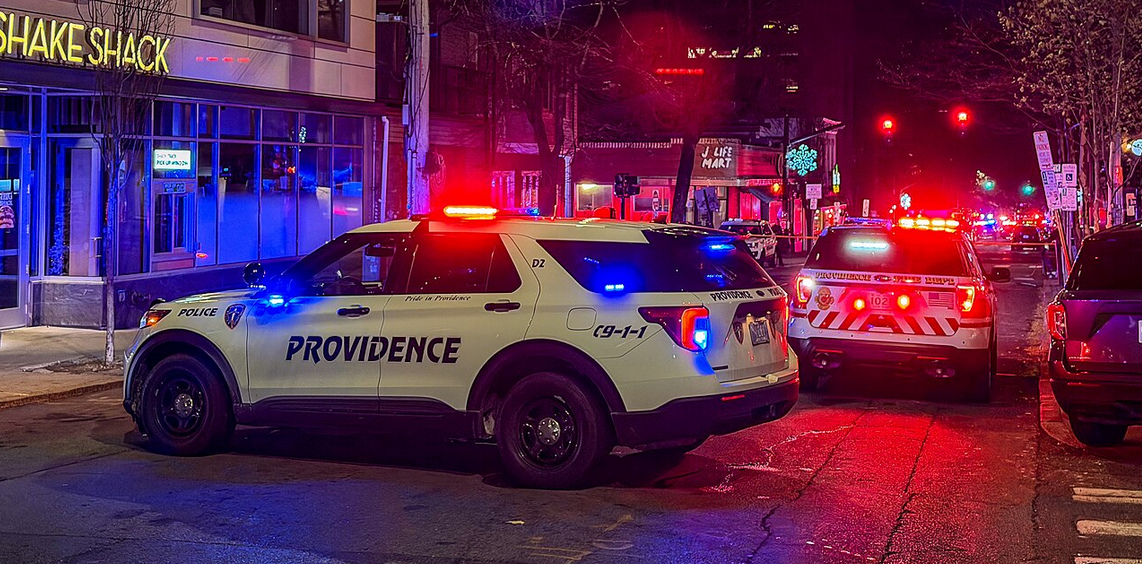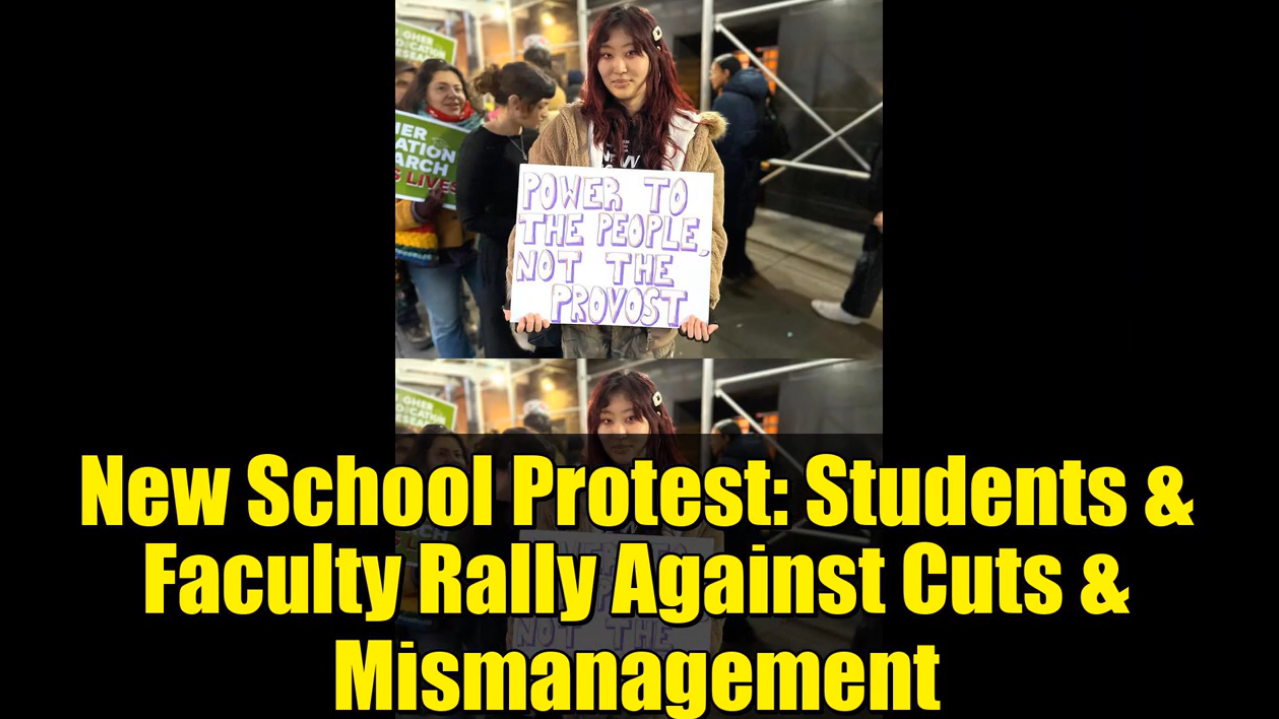[Facial Recognition Technology]
Stefanie Coyle: “Schools should be an environment where children can learn and grow, and the presence of a flawed and racially-biased system constantly monitoring students makes that impossible.”
Photo: Twitter
State Senator Brian Kavanagh (D-Manhattan and Brooklyn) and Assemblymember Monica Wallace (D-Lancaster) announced Wednesday that their legislation (S5140B/A.6787D) to pause facial recognition technology in schools passed the Legislature.
The bill imposes a nearly two-year moratorium, until July 1, 2022, on the use of facial recognition technology in public and nonpublic elementary and secondary schools, including charter schools, and directs the New York State Education Department Commissioner to study the issue and determine whether or not the technology is appropriate for use in schools.
If this technology is deemed appropriate, the Education Department must propose restrictions and guidelines on its use.
At least one New York State school district has already purchased and installed a facial recognition technology system and many others have announced plans to follow suit. The technology was purchased under the Smart Schools Bond Act, which was originally created to improve student learning through investment in classroom technology, including the purchase of computers, tablets, and wireless internet connectivity. The Act was later expanded to include investment in school security.
Wallace and Kavanaugh want the state to take a closer look at the investment in and use of biometric identifying technology, like facial recognition, in schools. Facial recognition technology has not been fully vetted and has proven to be ineffective in many cases. There are also questions about how the technology will be used, who will have access to the data, how long will it be retained, where will it be stored, and how much will it cost to maintain.
Additionally, multiple studies have questioned the accuracy of this technology and have found false positives when identifying children, women, and people of color. For example, the National Institute of Standards and Technology, studying nearly 200 algorithms from 99 developers, found that Asian and Black faces were misidentified 100 times more often than their white counterparts.
The moratorium gives state education officials time to carefully consider the issue of whether this technology can be used effectively and ethically in a school setting. The legislation requires the Education Department to hold a public hearing and to consult with relevant stakeholders, including parents, teachers, school administrators, and experts on school safety and data privacy.
“We all want to keep students safe, but we need to recognize that this technology may come with hidden costs, including the potential for compromising student biometric data and misidentifying students,” said Assemblymember Wallace. “Before investing millions of our limited taxpayer dollars into this new technology, we owe it to our students to study the implications of using it, and to provide thoughtful, statewide guidelines on its use.”
“I am concerned that this technology is an inherent threat to the privacy and civil rights of students, staff, and visitors, that it is an ineffective form of school security, and that data in the system may not be stored securely,” said Senator Kavanagh. “We certainly should look with skepticism upon any plan that is premised on ubiquitous high-tech surveillance of schoolchildren as the best way to keep them safe.”
“Facial recognition and other biometric surveillance technologies have no place in schools, and this is a monumental leap forward to protect students from this kind of invasive surveillance,” said Stefanie Coyle, education counsel at the New York Civil Liberties Union. “Schools should be an environment where children can learn and grow, and the presence of a flawed and racially-biased system constantly monitoring students makes that impossible. This is especially important as schools across the state begin to acknowledge the experiences of Black and Brown students being policed in schools and funneled into the school-to-prison pipeline. We urge Governor Cuomo to sign this bill immediately and as is.”
“I’m pleased that my colleagues in the state legislature agreed that it makes sense to further study the implications of this technology in schools before moving forward,” said Assemblymember Wallace. “At a time when school resources are even more scarce, it is prudent to consider whether the risks and costs associated with this technology outweigh the purported benefits of using it.”
Senator Kavanagh added, “Due to the economic hardship caused by the pandemic, now is not the time to spend exorbitant amounts of taxpayer dollars to install a technology that we have not thoroughly investigated. It is essential to do our due diligence to ensure there is a uniform, comprehensive regulatory scheme in place before moving forward in permitting New York State schools to use these highly controversial systems.”







